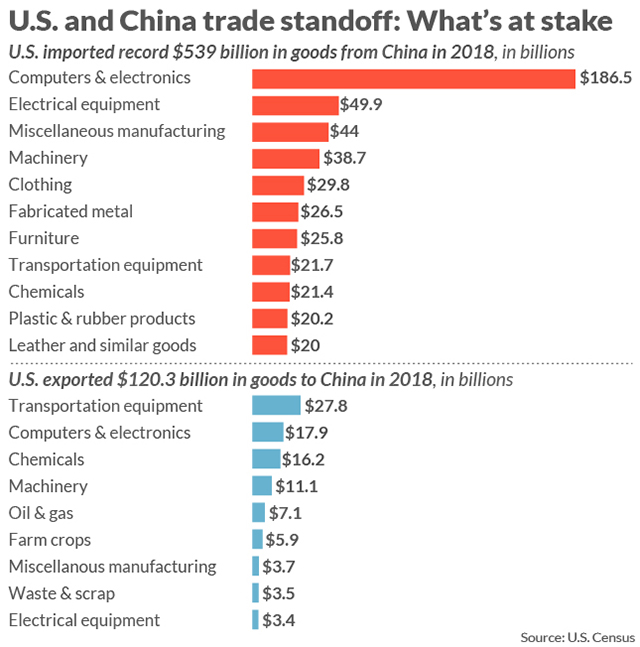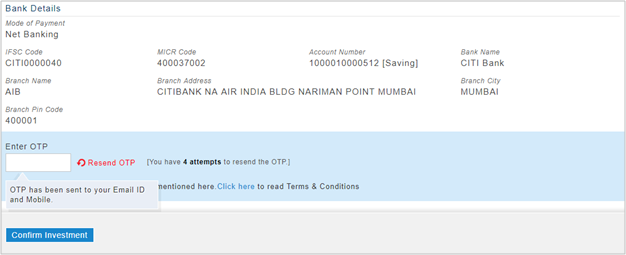Contents
It is an economic tool which helps calculate the point beyond which a company isn’t any more in a loss. They reach a point in business operations wherein the total costs equal the total revenue generated. The company first determines the fixed costs which sums up to ₹1,00,000. The variable cost determined by the company for one pen is ₹2 per unit. Break-even analysis helps a company in determining the number of units that needs to be sold in order to cover the cost. Variable cost and selling price of an individual product along with the total cost, are required to evaluate the break-even analysis.
Further you can also file TDS returns, generate Form-16, use our Tax Calculator software, claim HRA, check refund status and generate rent receipts for Income Tax Filing. 1) Break-even brings out an accurate picture of the profit-earning capability of a business. The result implies the unit needs to sell a pen worth Rs.16666 to break even in the month. The unit needs to sell 3334 pens in a month to achieve break-even. Predict the amount of loss the company can sustain during a recession. In actuality, it’s rare to discover the assumption that just one product will be created or that the product mix would remain stable.
It is the difference between actual sales minus the sales at break-even point. It represents the amount by which sales revenue can fall before a loss is incurred. Besides determining the break-even point, profits at various levels of output can also be determined with the help of break-even charts. Marginal contribution at various levels of sales is indicated clearly by the difference between sales line and variable cost line. V. Sales values at various levels of output are plotted and a line is drawn joining these plotted points.
How to Calculate the Break-Even Point – Analysis, Definition, Formula & Examples
If you increase or reduce production levels, fixed expenses do not vary. As a result, when you raise output (which we’ll discuss later), you can spread the fixed expenses across many units. The break-even point may be defined as that point of sales volume at which total revenue is equal to total cost. A business is said to break-even when its total sales are equal to its total costs. The break-even point refers to that level of output which evenly breaks the costs and revenues and hence the name. By definition, the ways to remove the adverse contribution margin are to 1) elevate selling costs, 2) scale back variable prices, or three) do some combination of the primary two.
- With the Break-even analysis, businesses can solve the number of units they need to sell, price of each unit and the cost needed to achieve break-even and start reaping profits for your business.
- Under this method, fixed cost line is drawn parallel to the X- axis.
- The variable cost line is joined to fixed cost line at zero level of activity.
A little more technically, in accounting terms, it indicates the production level at which the total production income is equal to the total production cost. Fixed Costs remain constant, regardless of the quantity produced. For example, rent, salaries, depreciation, energy, and advertising costs, do not change with production volume. They are costs that continue whether any sale is occurring or not. In other words, the minimum quantity at which the total costs are going to get covered is called as a break-even point. Once you are breaking even, you are neither losing nor making money.
Such a chart not’ only depicts the level of activity where there will be neither loss nor profit but also shows the profit or loss at various levels of activity. The break even chart means “a chart which shows profit or loss at various levels of activity, the level at which neither profit nor loss1s shown being termed the breakeven point”. This may also take the form of a chart on which is plotted the relationship either of total cost of sales to sales or of fixed costs to contribution. Thus it is a graphical presentation of cost and revenue data so as to show their inter relationship at different levels of activity.
In its narrow sense, it refers to a technique of determining that level of operations where total revenues equal total expenses, i.e., the point of no profit, no loss. Margin of safety represents the amount by whici1 the actual volume of sales exceeds those at the breakeven point. It is important that, there should be a reasonable margin of safety; otherwise a produced level of activity may prove disastrous.
Previous Year Questions with Solutions
Khatabook will not be liable for any false, inaccurate or incomplete information present on the website. These are necessary expenses that generally remain constant throughout time, even if your company’s output grows. Fixed costs include, for example, expenses connected to equipment and facilities.
Instead, depending on output levels, they might grow or fall dramatically. Raw materials and labour force, for example, are considered variable expenses. Break-even Analysis –Break-even analysis as a technique of control consists of the analysis of costs in relation to changes in the volume of sales and its impact on profit.
Break-even analysis is generally a significant component of business strategies when it comes to obtaining capital. You’ll probably need to undertake a break-even analysis if you want to secure finance for your business or start-up. Furthermore, a modest break-even point will likely make you more comfortable with the idea of taking on further debt or funding. Entrepreneurs that are successful make judgments based on facts.
A profit-volume graph also called the P/V graph or profit graph can be constructed from any data relating to a business from which a break-even chart can be drawn. By increasing contribution by changing the sales mix or by dropping unprofitable products. The sales revenue at break-even point can be determined by drawing a perpendicular to the X- axis from the point of inter-section of cost and sales line. The point of intersection of total cost line and sales line is called the break-even point.

To calculate the break-even point in gross sales income, divide the fastened price by the contribution-to-gross sales ratio. In this example, $15,000 divided by ($5 divided by $10, or .5). We know that is the proper answer as a result of once we multiply the break-even advantage of break even analysis point in items by the selling value, we get the same answer. It’s important to note that a break-even analysis isn’t a predictor of demand. It won’t tell you what your gross sales are going to be, or how many people will want what you’re promoting.
When is Break-even analysis used
Measuring how the different product lines and processes are contributing to the profit and losses of the firm. Another drawback of a break-even analysis is that opponents https://1investing.in/ aren’t taken into account. New entries to the market may have an impact on demand for your items or force you to adjust your prices, affecting your break-even point.

Fixed costs are assumed to be constant at all levels of activity. Fixed expenses, it should be mentioned, tend to vary after a given degree of activity. To put it another way, it’s a financial formula that determines how many things or services a business should sell or offer to pay its costs . The additional money a firm makes by selling one additional unit of its item or service is marginal revenue.
In other words, it is a financial calculation for determining the number of products or services a company should sell or provide to cover its costs . When you divide the total fixed cost of production by the price of one individual unit, less the variable cost per unit, you get the break-even point. The sales mix required to achieve a target profit is the sales mix that will earn a contribution equal to the fixed costs plus the targeted profit. Economists define marginal cost as the incremental cost of manufacturing one more unit. Overproduction beyond a certain point, for example, may need extra pay for workers and higher machinery maintenance expenses.
With marginal costing data, management may make short-term tactical decisions. Put another way, it’s the variable cost of producing one additional product after all of the fixed expenses have been taken into account. Selling price will remain constant even though there maybe competition or change in volume of production. Hence the break-even analysis considers both fixed cost and variable cost. The break – even represents the number of units that must be made and sold for income from sales to equal the cost of producing the product.
Producing more units after the company has achieved its optimum production level would enhance the cost of production per unit. The P/V ratio, which establishes the relationship between contribution and sales, is of vital importance for studying the profitability of operations of a business. At break-even volume, in other words,total cash inflows equal total cash outflows. AB Ltd. and XY Ltd. anticipate sales turnover amounting to Rs. 25,00,000 10% of which is expected to be profit if each achieves 100% of normal capacity.
Break-Even Analysis: How to Predict If Your Next Venture Will Be Profitable
In the present competitive world of business, it may be difficult for new industrial units to achieve the break-even point in the initial years. The cash breakeven point may be defined as that point of sales volume at which total revenue is equal to total cash cost. However this requires a slight rearrangement and a few adjustments in the basic approach to the graphical representation of break even analysis. Break-even analysis is an essential economic tool that helps to determine the point beyond which a company earns a profit.
To ensure that the plan works regarding cost and pricing of goods are done right, break even analysis is a necessity. Anyone will be able to analyze and state if the new business idea is productive or not. In times of a financial breakdown, when the company is not performing well, it helps in deciding the minimum number of sales the company requires to make a profit. With the margin of safety reports, the management of the company can take its business decisions accordingly. To ensure the plans regarding cost and pricing of goods are done right, break even analysis is a necessity.




